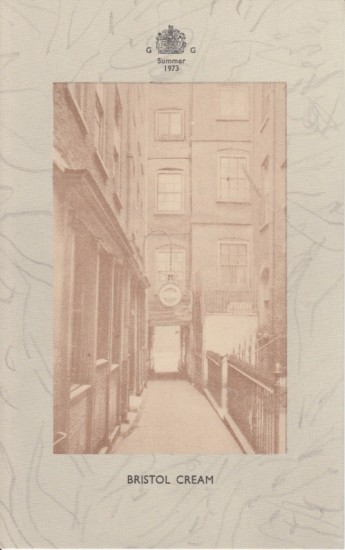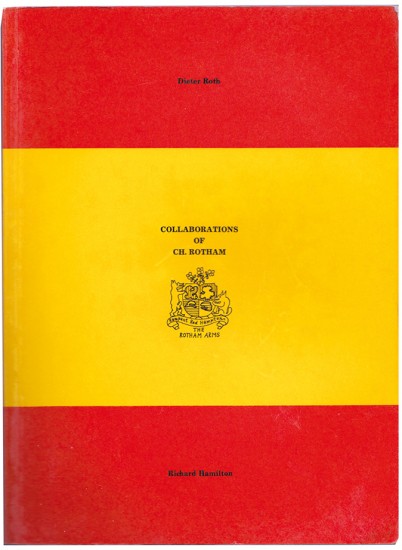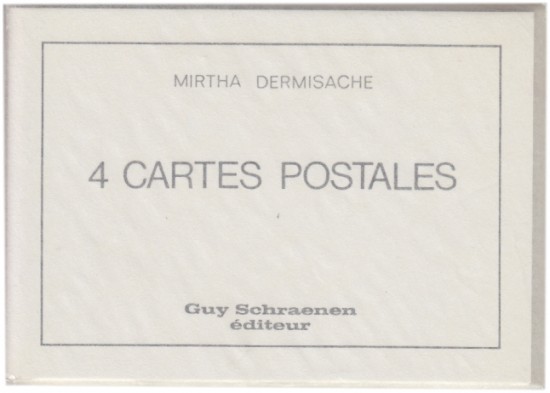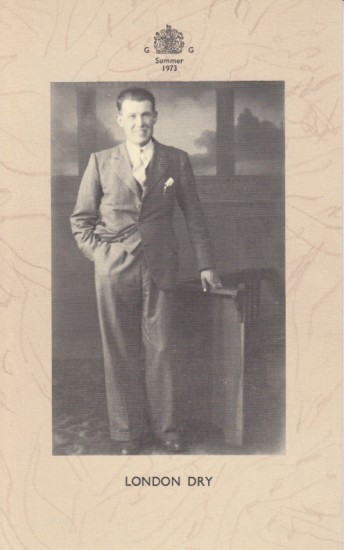A Treatise on Domestic Pigeons ... &c
Anon
London. Printed for and Sold by C. Barry ... P. STevens, A. Webley and J. Walters. 1765
Sold
A very fine copy - with the plates coloured by hand - in a contemporary binding of this scarce and comprehensive work.
The Treatise is a beautifully printed and illustrated as well as very detailed work on all aspects of the keeping and breeding of pigeons. The work reflects the growth in the eighteenth century of interest in pigeon fancying (the first book on the subject was published 30 years prior to this work) and describes 30 different types of pigeon, from the apparently commonplace (the Horseman, the Dragoon, the Tumbler, the Carrier, the English Powter and so on) to the more exotic (the Pouting Horseman, the Capuchine, the Owl, the Finnikin and the Mahomet). The plates depict the following breeds: The Almond Tumbler, Black Mottled Tumbler, The Carrier, The Powter, The Leghorn Runt, The Jacobine, The Nun, The Owl, The Turbit, The Fantail, The Trumpeter, The Barb and The Lace Pigeon. As noted above, one plate bears the signature 'Mayor' and it seems stylistically plausible that he drew the remainder; it is likely that he is also the deidcatee of the work, 'John Mayor, Esq.'.
Published anonymously, 'The Treatise on Domestic Pigeons' has been cited as the second edition of John Moore's 1735 'Columbarium: or, the Pigeon-House', the first and very rare English work on the domestic pigeon. Scrutiny of the 'Preface' and text of the present work make it clear that although the 'Treatise' is based on Moore's work, it is rather different: 'In regard to the model of this treatise, we do not offer it to the public as an entire new work, but have proceeded on the plan of Mr. Moore; have corrected some errors, and made many additions, with extracts from other authors. And as Mr. Moore's essay is very deficient for want of cuts ... we have procured engravings from the best hands ... all which are done from life, and very masterly executed, under the inspection of the author, and other fanciers.'
The full title of the Treatise reads as follows: 'A Treatise on Domestic Pigeons; Comprehending All the different Species known in England; describing the Perfections and Imperfections of each, agreeable to the Improvement and great Perfection they are at this Time arrived at; together with the Method of Building and Furnishing a Loft, Area, Trap, &c. The Method of Breeding the most curious and valuable Sorts, as practised by the best Fanciers. The Generation of Pigeons in general, with a Philosophical Description and Progress of the Egg. With Observations and Remarks on their Diet. The Distempers they are chiefly subject to, and the Methods of Curing them as practised with Success. The Fraudulent Methods used in the Sale of bad Pigeons, clearly and full demonstrated, &c. &c. &c. Carefully compiled from the best Authors. To which is added, A most ample Description of that celebrated and beautiful Pigeon called The Almond Tumbler. The whole calculated, as well for the Use of those Gentlemen who are Fanciers, as those who are utterly unacquainted with their Perfections and Properties, which are here set forth in the clearest Manner. Illustrated with a Frontispiece, and Cuts elegantly and accurately engraved from Life by the most able and eminent Artists, under the immediate Inspection of very experienced Fanciers.'
[PROVENANCE: Ownership signature of Thomas Crawley Boevey to front free endpaper (possibly Sir Thomas Crawley-Boevey of Flaxley Abbey (d.1818), or his son, also Thomas) with engraved armorial bookplate with the Crawley-Boevey arms and the motto 'Esse quam videri' pasted over previous unidentified armorial bookplate].
The Treatise is a beautifully printed and illustrated as well as very detailed work on all aspects of the keeping and breeding of pigeons. The work reflects the growth in the eighteenth century of interest in pigeon fancying (the first book on the subject was published 30 years prior to this work) and describes 30 different types of pigeon, from the apparently commonplace (the Horseman, the Dragoon, the Tumbler, the Carrier, the English Powter and so on) to the more exotic (the Pouting Horseman, the Capuchine, the Owl, the Finnikin and the Mahomet). The plates depict the following breeds: The Almond Tumbler, Black Mottled Tumbler, The Carrier, The Powter, The Leghorn Runt, The Jacobine, The Nun, The Owl, The Turbit, The Fantail, The Trumpeter, The Barb and The Lace Pigeon. As noted above, one plate bears the signature 'Mayor' and it seems stylistically plausible that he drew the remainder; it is likely that he is also the deidcatee of the work, 'John Mayor, Esq.'.
Published anonymously, 'The Treatise on Domestic Pigeons' has been cited as the second edition of John Moore's 1735 'Columbarium: or, the Pigeon-House', the first and very rare English work on the domestic pigeon. Scrutiny of the 'Preface' and text of the present work make it clear that although the 'Treatise' is based on Moore's work, it is rather different: 'In regard to the model of this treatise, we do not offer it to the public as an entire new work, but have proceeded on the plan of Mr. Moore; have corrected some errors, and made many additions, with extracts from other authors. And as Mr. Moore's essay is very deficient for want of cuts ... we have procured engravings from the best hands ... all which are done from life, and very masterly executed, under the inspection of the author, and other fanciers.'
The full title of the Treatise reads as follows: 'A Treatise on Domestic Pigeons; Comprehending All the different Species known in England; describing the Perfections and Imperfections of each, agreeable to the Improvement and great Perfection they are at this Time arrived at; together with the Method of Building and Furnishing a Loft, Area, Trap, &c. The Method of Breeding the most curious and valuable Sorts, as practised by the best Fanciers. The Generation of Pigeons in general, with a Philosophical Description and Progress of the Egg. With Observations and Remarks on their Diet. The Distempers they are chiefly subject to, and the Methods of Curing them as practised with Success. The Fraudulent Methods used in the Sale of bad Pigeons, clearly and full demonstrated, &c. &c. &c. Carefully compiled from the best Authors. To which is added, A most ample Description of that celebrated and beautiful Pigeon called The Almond Tumbler. The whole calculated, as well for the Use of those Gentlemen who are Fanciers, as those who are utterly unacquainted with their Perfections and Properties, which are here set forth in the clearest Manner. Illustrated with a Frontispiece, and Cuts elegantly and accurately engraved from Life by the most able and eminent Artists, under the immediate Inspection of very experienced Fanciers.'
[PROVENANCE: Ownership signature of Thomas Crawley Boevey to front free endpaper (possibly Sir Thomas Crawley-Boevey of Flaxley Abbey (d.1818), or his son, also Thomas) with engraved armorial bookplate with the Crawley-Boevey arms and the motto 'Esse quam videri' pasted over previous unidentified armorial bookplate].
pp. xvi, 144. 8vo. (212 x 140 mm). Engraved frontispiece, printed title with copyright verso, leaf with author's dedication to 'John Mayor Esq.', preface and printed text, 13 engraved hors-texte plates with printed titles, each with additional hand-colouring, decorative woodcut four-line initial, decorative woodcut head- and tail-pieces throughout, one plate folding, 'The Black Mottled Tumbler' plate with the signature 'Mayor, delint. et sculpt.'. Contemporary full blonde mottled calf, banded spine with red morocco title label and gilt decoration in six compartments, board edges with gilt tooling, red speckled edges.
#40823










